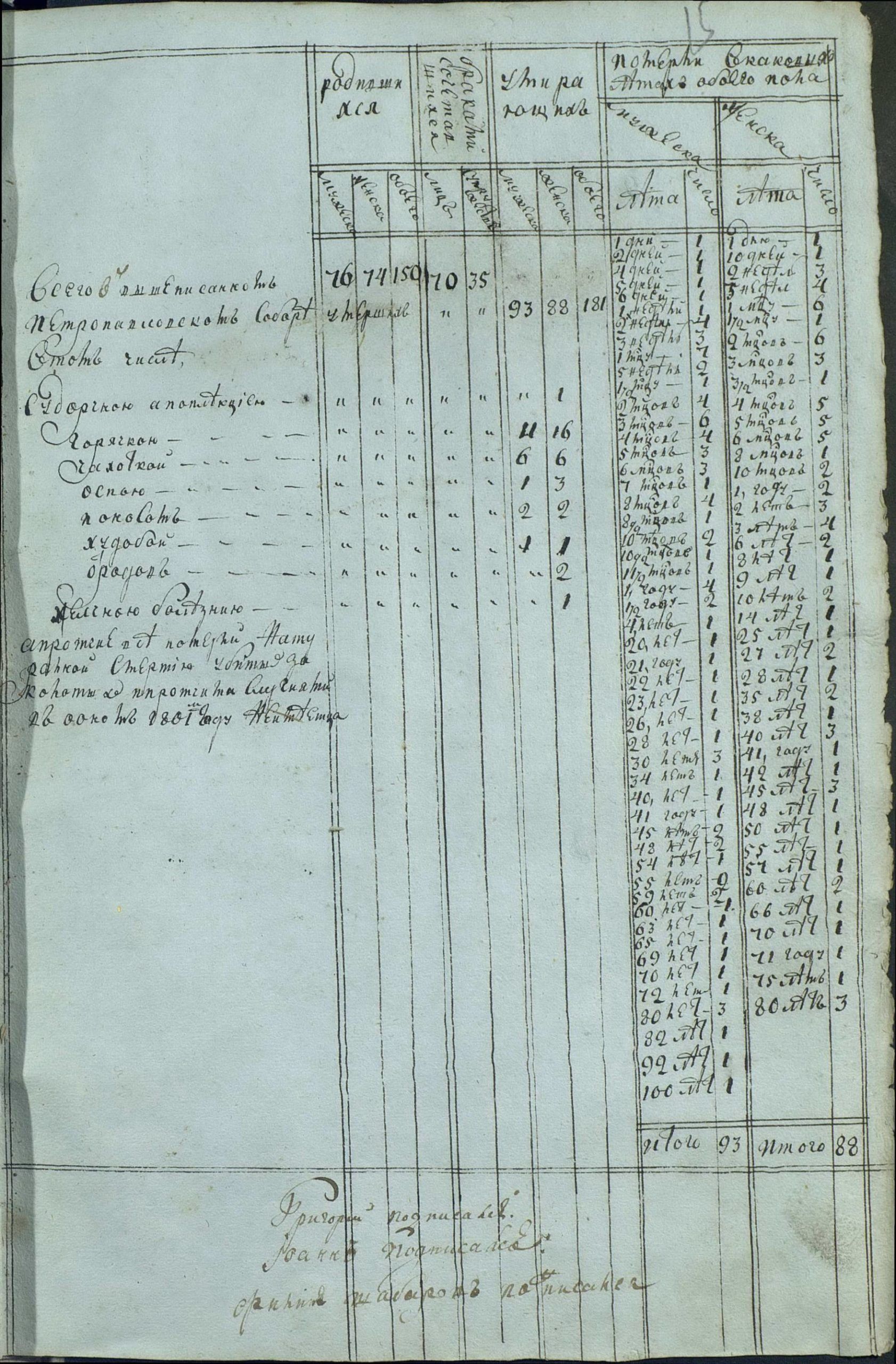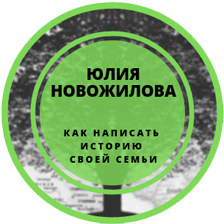How long did your ancestors live: the length of life and death of peasants in the Russian Empire - How to write the history of your family?
This is an automatic translation.
Click here to read the publication in the original language.
The classic stories about the hard and extremely short life of the peasants in Tsarist Russia were intensively cultivated in every rising generation of the Soviet Union. After all, the Bolsheviks had to justify the revolution and the Red Terror. How long did your ancestors actually live, and were the mortality statistics so appalling?
No legend should be blindly believed. It is necessary to analyze the final tables for the provinces and parishes where your ancestors lived. This will help to find out the average life expectancy and causes of death.
Early marriages
In the Russian Empire, rules for marriage were established. Since 1840, the groom had to be at least 18 years old, and the bride — 16 years old. In fact, the young went down the aisle after 18 years.
Early marriage was due to urgent need. For example, there was one living boy left in the family, he needed to be married urgently so that the family would not die out, and there was someone to work. In this case, the bride was taken older so that she could definitely give birth. Not infrequently, a young man who was enrolled was hastily married so that he could have children.
Old age at 40?
On average, children appeared in the family every 2 years. If they started giving birth at the age of 22, then by the age of 30 there were 4-5 children in the family. The difficult process of pregnancy and childbirth, often difficult, as well as further care and housework, of course, had a detrimental effect on the appearance of a woman. Therefore, there was a stereotype that at the age of 30-40 the women of the Russian Empire looked like old women.
Register of births, part 3 about the dead, a summary table with statistical information about the causes of death and the age of the dead for 1801, the city of Perm.
By the way, referring to the classics, where you can often find a comparison of people 30-40 years old with old people. It must be understood that for the young authors of these works it really seemed that 40 years was the end of life. Even today's youth think the same way.
However, this does not mean at all that there was a high mortality among people of this age. On the contrary, statistics say that mostly old people and children died, while young people and middle-aged people were quite tenacious.
Read on the topic: "Child mortality in the Russian Empire"
Causes of death
In general, the causes of death were determined during an internal examination, but often by eye, without being able to do an autopsy. The interrogating officer, physician or priest interrogated relatives to find out what was sick and what the deceased complained about. Most of the diseases gave an external manifestation, which made it possible to establish a diagnosis.
Occasionally, you can find records of death "from an unknown disease", but this is rare, since such records were not encouraged by the authorities.
Why did our ancestors die as adults?
From "natural death" and "from old age." Often for people over 65 years old you can find such a record. Complex withering of the body and became the cause of death. But here, rather, the unwillingness of officials to deal with the elderly. Non-criminal death, managed to take communion before death, and okay.
How long did your ancestors live: the length of life and death of peasants in the Russian Empire. Diseases from which the inhabitants of the city of Perm died in 1915, the parish of the city of Perm Peter and Paul Cathedral. The number of persons by sex for each disease is indicated.
epidemics. Cholera, typhus and consumption are common causes of mass death of adults in the villages and villages of the Russian Empire. Those who died from the "Antonov fire" were poisoned by grain, which was contaminated with ergot alkaloids, which caused gangrene or convulsions in various cases. A similar epidemic repeatedly broke out in different regions of the Russian Empire.
Internal illnesses
Various heart diseases were often not accurately diagnosed, but they wrote: “from the heart”, “apoplexy” (stroke).
Death "from inflammation of the brain", "from the head", "from a headache", "inflammation of the meninges"
Colds often developed into death "from the throat", "filling" — that is, tonsillitis and any other swelling of the glands, "pneumonia", "cough"
For women, you can occasionally find a record of death in childbirth. Often, such a metric record is accompanied by a mark about the death of an infant in childbirth or a little later.
Convulsions used to be called differently: “falling”, “writhing”, for children they wrote death “from a relative”
Other diseases: Dropsy, gastric catarrh, cancer (even somehow diagnosed).
Register of births for 1892, part 3 about the dead. The date of death, burial, full name, estate, causes of death and age, who took communion are indicated. Where the deceased is buried. How long did your ancestors live: the length of life and death of peasants in the Russian Empire
Unnatural death
About unnatural death is worth writing separately. Even in the 18th century, and in the 19th century. and even more so, they checked criminal and unnatural deaths. That was connected primarily with the burial of suicides separately. Therefore, for each case, an inquiry was conducted, and a conclusion was given.
Often there are records of death from:
Drowning, strangulation, clogged with robbers, from fire, collapse of the house. A separate line is death from starvation. The lean years became the reason for the mass extinction of the population from starvation.
Results
In the Russian Empire, people lived about the same as now. Yes, then more often there were epidemics that claimed many lives. But other things being equal, our ancestors lived up to 60-80 years. And if it were not for the highest infant mortality under 5 years old, statistics on life expectancy in Russia in the 18th and 19th centuries would be more adequate.
The final statement of the mortality of the population. The causes of death, gender, age and number of deaths for 1892 are indicated. How long did your ancestors live: the length of life and death of peasants in the Russian Empire
Statistical information in the Russian Empire
The causes of death and the very fact of death were recorded in registers of births. Every year a list was compiled with statistical data: how many people died in the parish, their age and gender, and the causes of death.
In addition, regular audits and inspections made it possible to keep a constant record of the demographic situation. It was important to prevent epidemics and mass starvation among the population.
Want to know your family history but don't know where to start? Advice on compiling your pedigree. Details: https://yulianovozhilova.ru/consult/
Original https://yulianovozhilova.ru/length-life-death/

How long did your ancestors live: the length of life and death of peasants in the Russian Empire — How to write the history of your family?
How long did your ancestors live: the length of life and causes of death of peasants in the Russian Empire. Where to find the cause of death of an ancestor and find out demographic statistics.This is an automatic translation.
Click here to read the publication in the original language.




































